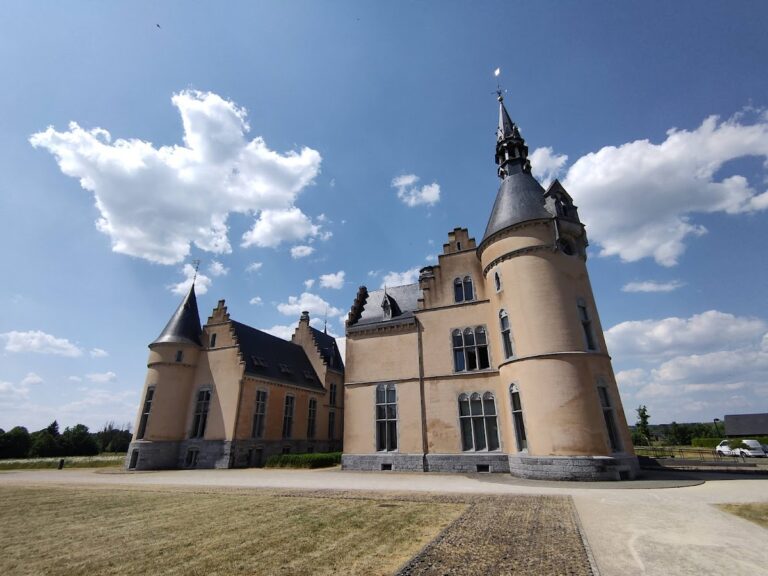Château de Châtel: A Historic Estate in Chatel-Chéhéry, France
Visitor Information
Google Rating: 4.8
Popularity: Very Low
Google Maps: View on Google Maps
Official Website: www.chateaudechatel.fr
Country: France
Civilization: Unclassified
Remains: Military
History
The Château de Châtel is situated in the commune of Chatel-Chéhéry in France. This historic estate was originally constructed during the early 1600s by French builders.
Ownership of the château shifted in 1666 from the seigneurs de Roucy to the d’Espinoy family. Subsequently, the de Salse family took possession, but their tenure was interrupted by the upheavals of the French Revolution. During this turbulent period, the château served as quarters for national volunteers. In 1792, it suffered significant looting carried out by the army of Condé, a force opposing revolutionary France.
Following the Revolution, a member of the de Salse family, referred to as a demoiselle de Salse, undertook restoration efforts during the era known as the Restoration, when the monarchy was reinstated. The family maintained control of the château until the mid-19th century, after which the property passed to other owners, including the Chenet family. Among them was Dr. Célestin Chenet, who died in 1912, followed by stewardship through his daughter and son-in-law.
The château’s strategic position made it vulnerable during World War I, especially its façade facing the Aire valley, which was heavily damaged by artillery shelling. Both German and American troops stationed in the area avoided using the château as a base because of its visibility and exposure to shellfire. Instead, they preferred the nearby abbey as a safer location.
In 1937, ownership transferred to Auguste Huet. After the conclusion of World War II, the château was given to the religious congregation of the Pères du Saint-Esprit. Decades later, in 1994, Jacques Huet and Simone Defacque acquired and restored the property, adapting part of the château into a guesthouse. Management later passed to their daughter Nathalie and her husband Samuel Cathrinet in 2014.
Remains
The Château de Châtel extends along a south-to-north axis, featuring a principal building constructed mainly from brick. This construction is accentuated with yellow stone at the corners, known as quoins, and darker horizontal bands that cross the walls, contributing both to the structural stability and visual contrast of the façade.
The main structure consists of a ground floor and two upper stories, crowned with a roof that includes an attic space. At the southern end, the building projects forward, forming an avant-corps—a section that protrudes from the main façade. On the northern end, an additional pavilion is attached, positioned next to the starting point of the Chemin des Vinats, a pathway running alongside the property down toward the Aire valley.
The château overlooks a series of descending terraces, which step down toward the Aire valley below. Across the river to the east lies the site of the former abbey of Chéhéry, highlighting the château’s proximity to religious institutions. The side of the building facing the valley was a prominent feature visible from a distance, a fact which contributed to its being targeted by artillery during the First World War.
Today, the château retains much of its original 17th-century brickwork and stone detailing, reflecting various phases of construction and restoration over the centuries. The terraces and the adjacent pathways remain integral parts of the landscape, preserving the château’s historical relationship to its natural surroundings and nearby landmarks.







